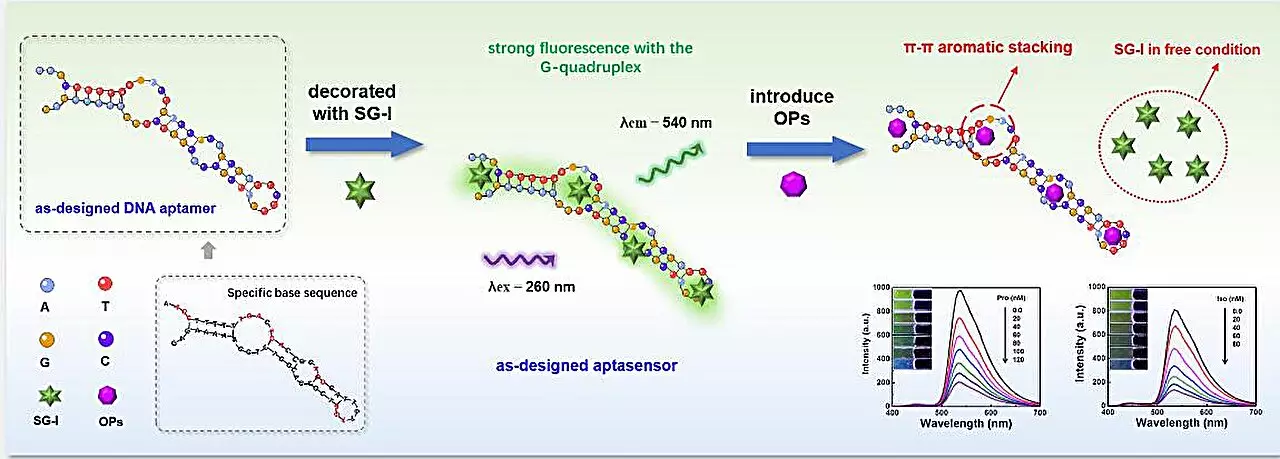Recent advancements in the field of chemical sensing have introduced a cutting-edge platform that promises to significantly improve how we detect harmful pesticides in our food supply. Spearheaded by Prof. Jiang Changlong and his team at the Hefei Institutes of Physical Science, this innovative DNA aptamer-based sensor offers a swift and accurate means of identifying organophosphate insecticides, including profenofos and isocarbophos. In an era where food safety is paramount, this breakthrough could not only transform agricultural practices but also safeguard public health.
Understanding the Risks of Organophosphates
Organophosphate insecticides are notorious for their widespread use in agriculture due to their potency against a range of pests. However, this effectiveness comes at a steep price. The pervasive application of these chemicals can result in hazardous residues left in the soil, water, and food, exposing consumers to serious health risks. The urgent need for reliable detection methods has never been clearer. Traditional testing methods are often cumbersome and not designed for immediate field use, highlighting a critical gap in our ability to monitor pesticide exposure in real-time. Prof. Jiang’s research directly addresses this issue.
How It Works: The Mechanism of Detection
The sensor developed by Prof. Jiang’s team stands out due to its clever utilization of DNA aptamers—short, engineered DNA strands capable of binding selectively to certain molecules. The sensor’s functionality relies on a stunning colorimetric mechanism that detects the presence of organophosphate pesticides based on their interaction with these aptamers. When the sensor is exposed to these harmful chemicals, it triggers a specific color change from green to blue, a brilliant indication of contamination. This phenomenon occurs because the presence of the insecticides interferes with the aptamer’s ability to maintain its green glow, allowing for quick visual determination of pollutant levels.
Portable Solutions for Immediate Impact
What sets this detection platform apart from others in the field is its portability. By integrating 3D printing technology with a color-identifying application on a smartphone, users can conduct on-site inspections with unprecedented ease. The ability to visually quantify pesticide residues on the spot empowers farmers, food manufacturers, and regulatory bodies alike. It not only promotes transparency in food production but also facilitates immediate action to ensure public health. As consumers become increasingly health-conscious and demanding in their expectations, tools like this sensor will be essential in restoring faith in food safety standards.
Shaping the Future of Agriculture and Public Health
Prof. Jiang’s innovation represents a paradigm shift in how we approach food safety. With detection limits as low as 2.48 nM for profenofos and 3.01 nM for isocarbophos, this technology has the potential to revolutionize agricultural practices. Not only does it provide a scalable solution to monitoring pesticide use, but it also reinforces the notion that agriculture and public health are inextricably linked. As consumers become advocates for safer products, the ability to offer transparent, rapid testing methods will be invaluable in fostering trust within the agricultural sector. In a world grappling with health and environmental challenges, this sensor may just be the breakthrough we’ve been waiting for.

